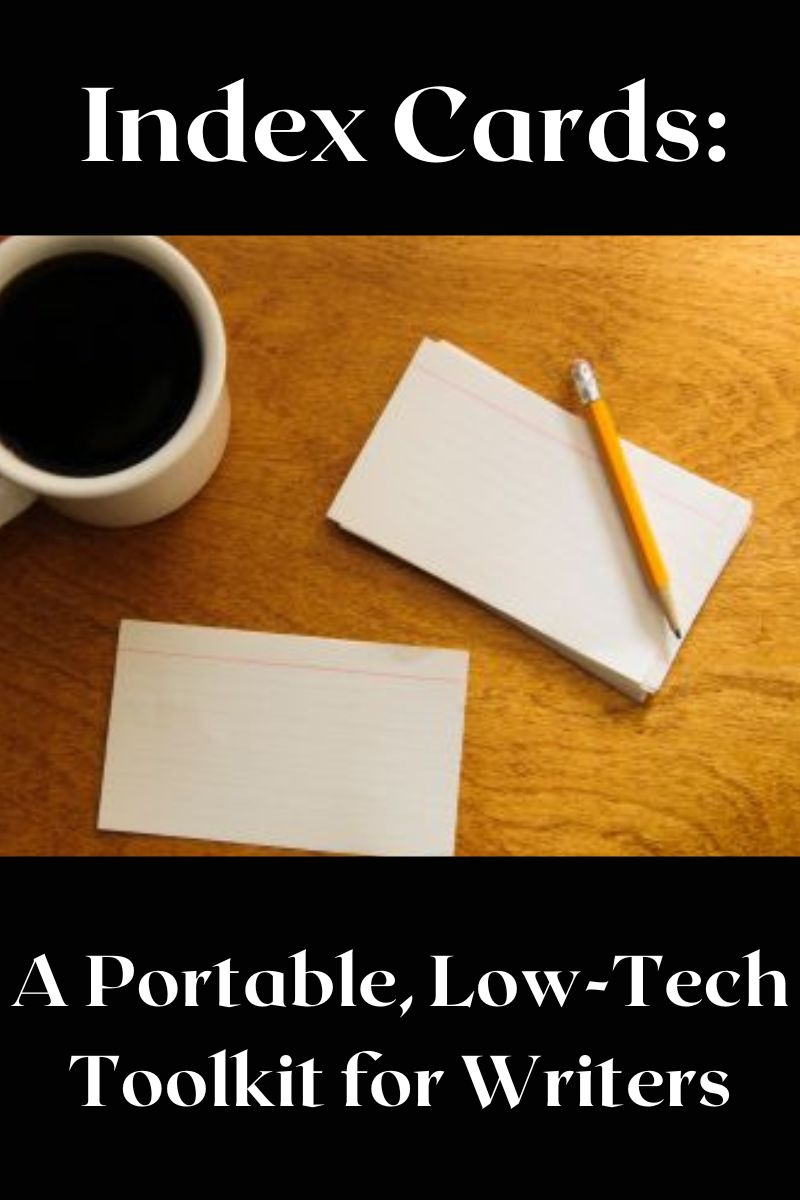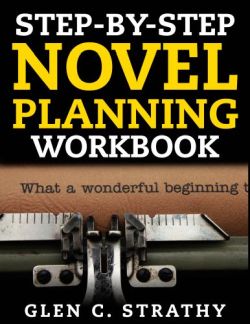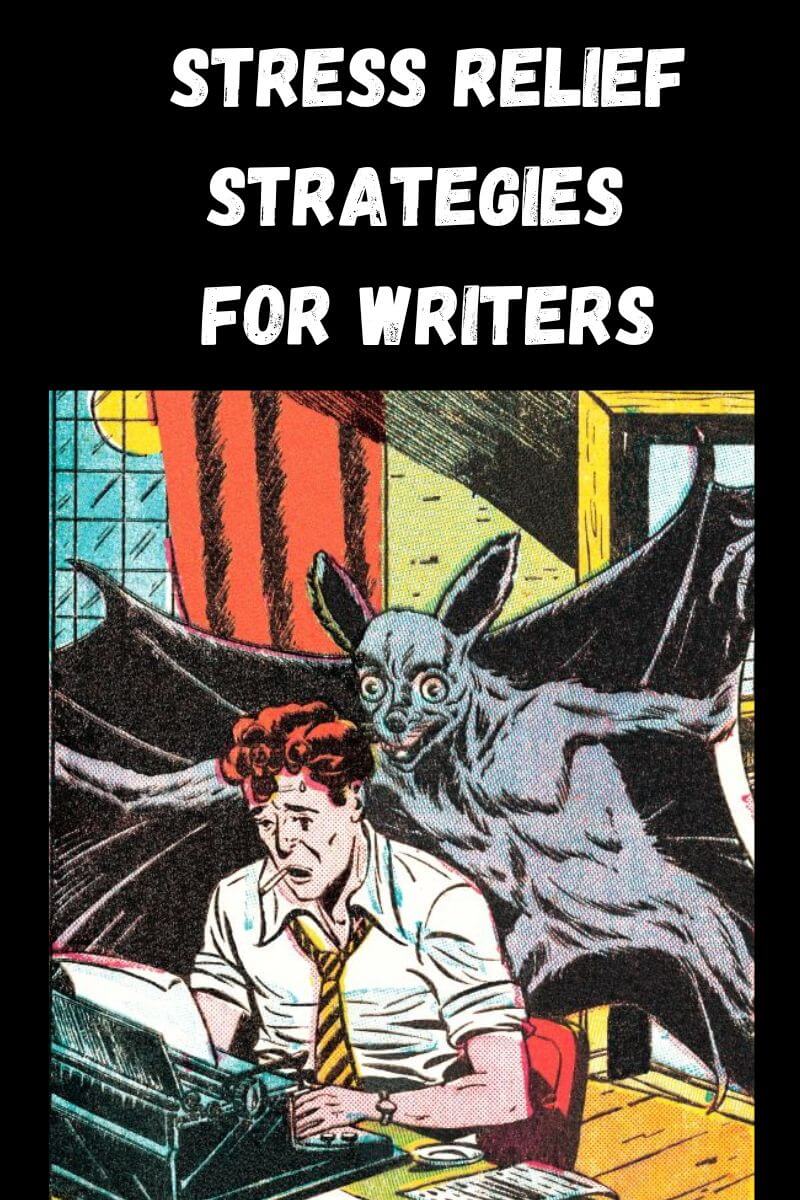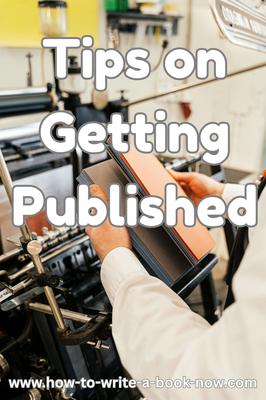Writing With Index Cards: A Low-Tech Way To Plan Your Book or Novel
By Glen C. Strathy
Writing with index cards is something professional writers did long before personal computers came into being. Today it is less popular than using outlining apps, especially with people who insist on doing everything on an electronic device. Yet it remains as effective as ever. Moreover, writing with index cards has certain advantages over most apps and remains an excellent, inexpensive, and convenient tool for writers to have in their arsenal.
In the first place, 3x5 inch index cards are a handy note-taking device. You can keep a small deck of them in your pocket or purse, along with a pencil or pen. Wherever you are, you can jot down an idea on an index card. You can also use them to record information you research in books and articles. Write each quote or datum on a separate card. Put a brief note as to the source in the top right-hand corner (for instance, the author's name or the title of the book you are looking at, and the page number. Keep a separate list of your sources, along with full bibliographic information (author, title, year, publisher, etc.) Or you can record the bibliographic details on the back of the card. On the front of the card, write the topic in the top left-hand corner.
Writing with index cards requires no batteries. You can take the cards anywhere and read them at any time, even in the most remote corners of the globe. Unlike notes stored on a computer or other electronic device, a stack of cards on your shelf is visible and therefore easier to find and less likely to be misplaced.
Yes, you could use a notebook to
record ideas and information instead (another old-fashioned but still
effective tool). But index cards have an added advantage...
Writing With Index Cards Makes it Easy to Rearrange Your Ideas Into the Perfect Order
Because index cards are unbound, they make it easy for you to rearrange your ideas.
For instance, let's say you're planning to write a non-fiction book and you have each of your ideas and each bit of information written out on a separate card. You will find it very easy to group the cards into topics. Once you have a stack of cards for each topic, you can arrange all your ideas and bits of information in the order they will appear in the book. You can't do that with notebook pages. And sorting index cards is much easier and faster than cutting and pasting notes in a computer file.
Record Ideas for Fiction Writing With Index Cards
Index cards are great tools for recording your ideas for fictional stories.
You can keep a small stack of cards in your pocket or purse. Whenever you have an idea for a story or a character, you can jot it down on an index card. Store all these ideas in a card file in your home office and use them whenever you are looking for a story idea.
Again, the great thing about index cards is that, once your card file is filled with more ideas than you will ever use, you can weed through your collection, tossing out the ideas you realize are not as interesting.
Writing With Index Cards Makes Plotting a Breeze
The most powerful way to use index cards is in plotting longer works, such as novels.
You can write a short description of each scene or event in your novel onto a
card and then experiment with rearranging the cards until you have the
right order. You can easily insert a new card/scene into the sequence
if you realize it's needed, or take out scenes that no longer work. In this way, you can work out your entire plot before you start writing.
Writing with index cards work makes it easy to keep track of the various subplots or throughlines in full-length works. You can buy cards of different colours and use one colour for each throughline (or make your own by putting coloured dots in the cards. You can work out the sequence of events for each throughline separately, and then combine them into one complete sequence for your novel.
Another technique (for those plotters who love visual aids) is to lay all your cards out on a table or floor, or stick them onto a bulletin board (using tacks or magnets). This lets you see the entire sequence at a glance. You can separate the various throughlines and subplots if you wish, making a separate row for each one. (You can also use sticky notes instead of cards for this, but they aren't as durable and will lose their stickiness over time).
If you have one of those magnetic white boards, the final step is to draw arrows from one card to the next, making order of all your events perfectly clear.
Writing Your First Draft with Index Cards
Once you have decided on the perfect order for your cards/scenes, you can put all your index cards in order in one big stack.
The process of writing with index cards is simply a matter of working your way through the stack as you write the first draft of your novel. The cards help keep you on track. But if you get a better idea for a scene or realize you want to tweak the order, you can easily make these changes on the fly.
And by keeping your stack next to your computer as you work, you don't have to switch between windows when you want to check which scene comes next.
- Home
- Writing Tools
- Index Cards
For more tips on using index cards, see "How to Write a Synopsis"























